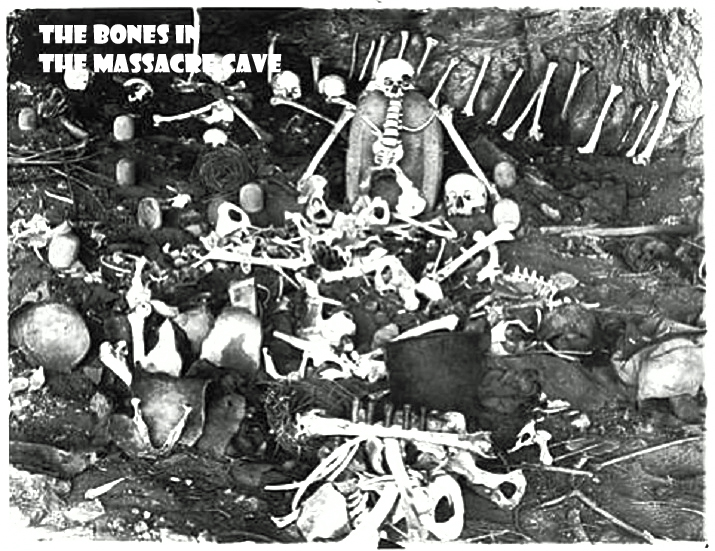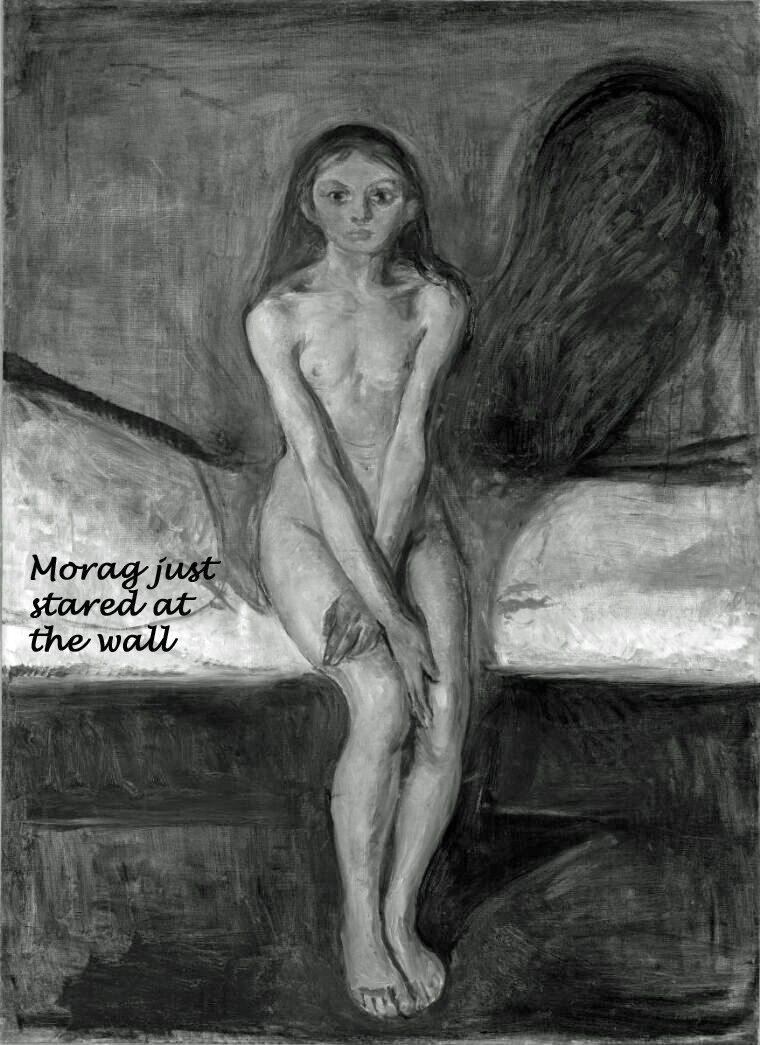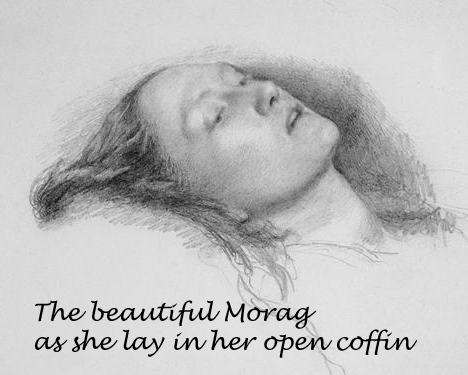“The One Road Isle – But oh! What a road!” By John Herries McCulloch. Scottish Daily Express, May 28, 1957.
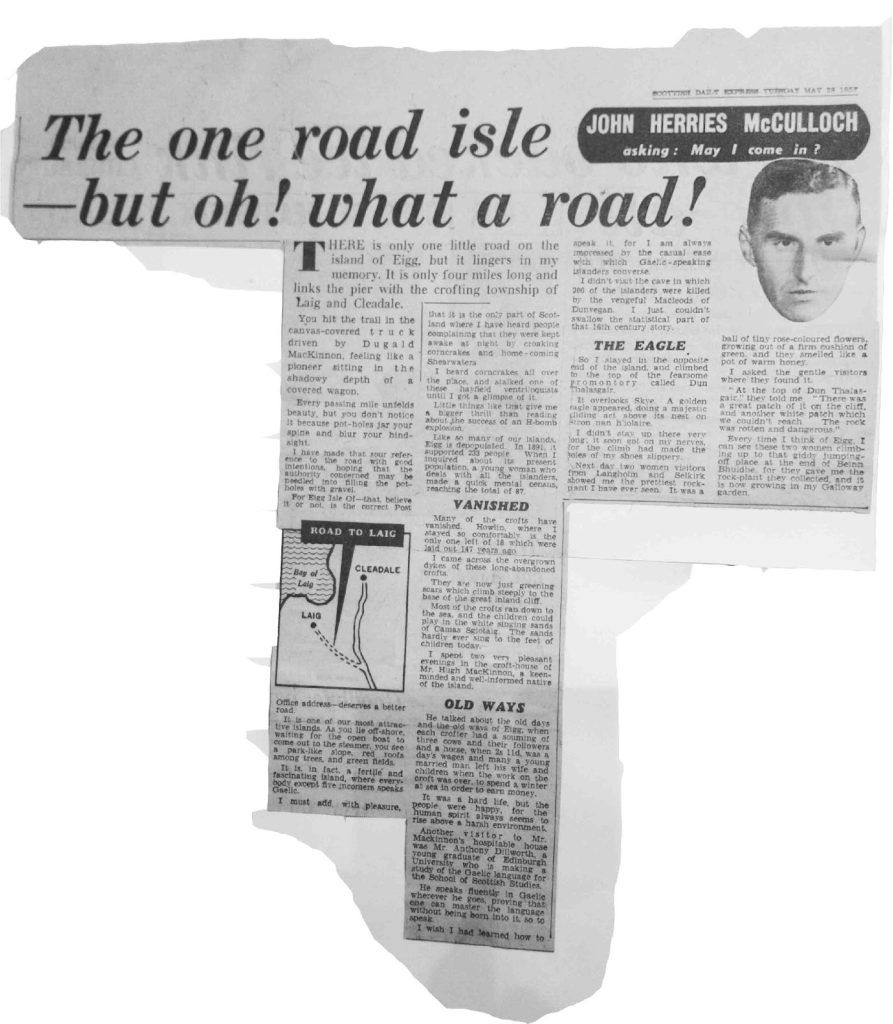
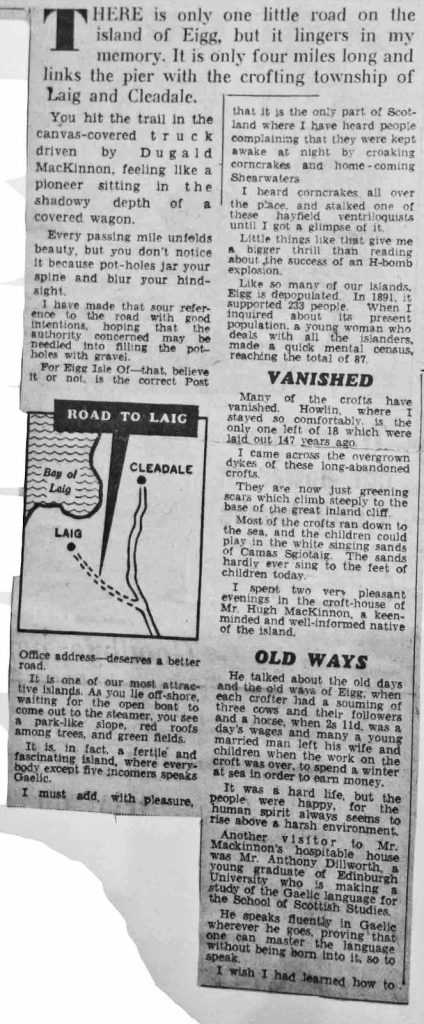
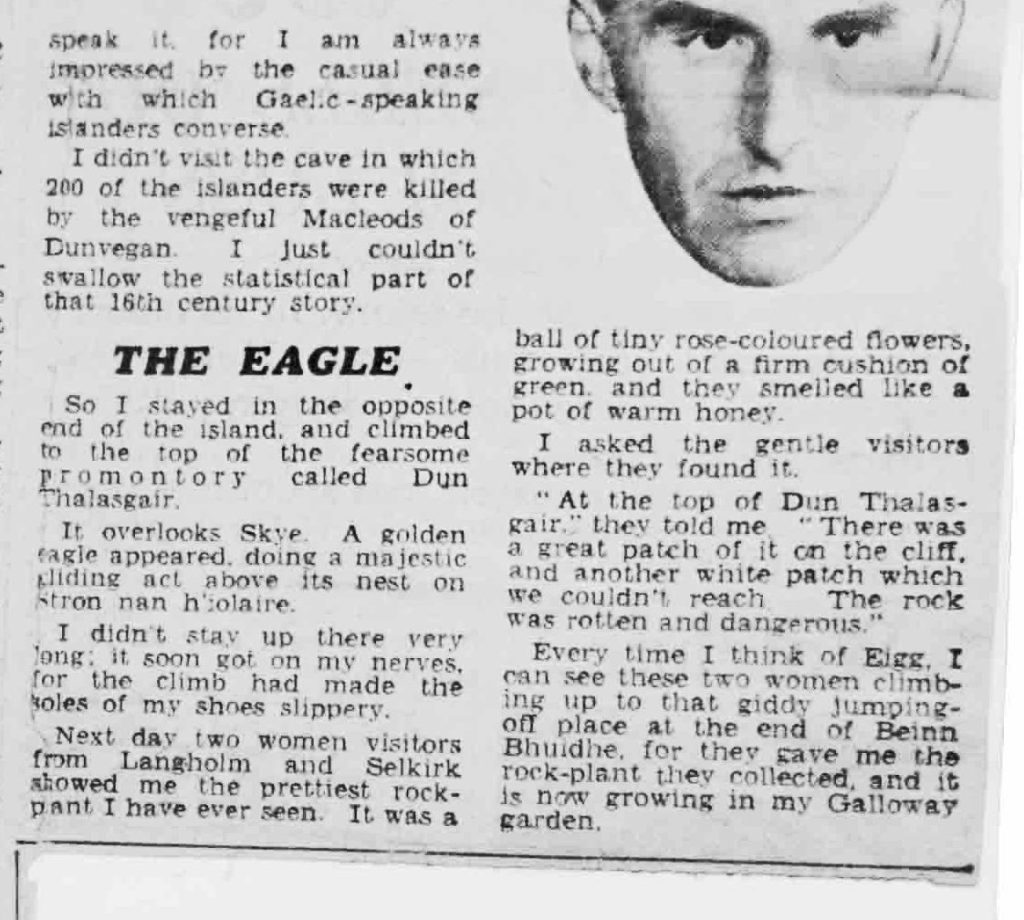
Transcription of One Road Isle
The one road isle – but what a road! There is only one little road on the island of Eigg, but it lingers in my memory. It is only four miles long and links the pier to the crofting township of Laig and Cleadale. You hit the trail in the canvas-covered truck driven by Dugald McKinnon, feeling like a pioneer sitting in the shadowy depth of a covered wagon.
Every passing mile unfolds beauty, but you don’t notice it because potholes jog your spine and blur your hindsight. I have made that sour reference to the road with good intentions, hoping that the authority concerned may be needled into filling the potholes with gravel.
For “Eigg Isle Of” – that, believe it or not is the correct post office address deserves a better road.
It is one of our most attractive islands. As you lie offshore, waiting for the open boat to come out to the steamer, you see a park-like slope, red roofs among trees, and green fields.
It is in fact a fertile and fascinating island, where everybody except five incomers speak Gaelic.
I must admit with pleasure that it is the only part of Scotland where I’ve heard people complaining that they were kept awake at night by croaking corncrakes and home-coming shearwaters.
I heard corncrakes all over the place, and stalked one of these hayfield ventriloquists, until I got a glimpse of it.
Little things like that give me a bigger thrill than reading about the success of the H-bomb explosion.
Like so many of our islands, Eigg is de-populated. In 1891, it supported 233 people. When I inquired about its present population, a young woman who deals with all the islanders made a quick mental census reached the total of 87.
Many of the crofts have vanished. Howlin where I stayed so comfortably is only one left of 18 which were laid out 147 years ago.
I came across the overgrown dykes of these long abandoned crofts.
They are now just greening scars which climb steeply to the base of the great inland cliff.
Most of the crofts ran down to the sea, and the children could play in the white singing sands. The sands hardly ever sing to the feet of children today.
I spent two very pleasant evenings in the croft-house of Hugh MacKinnon, a keen-minded and well-informed native of the island. He talked about the old days and the old ways of Eigg, when each croft had three cows and a horse, and when two shillings and 11 pence was a day’s wages, and when many young married men left their wives and children when the work on the croft was over, to spend the winter at sea in order to earn money. It was a hard life, but the people were happy for the human spirit always seems to rise above a harsh environment.
Comment on the One Road Isle
In our context, there are many interesting points in McCulloch’s article; not least the reference to Dugald MacKinnon’s truck, and the rough ride over the island. He also mentions that he stayed with Hugh MacKinnon the great storyteller of Eigg.
He refers to the de-population of the island. Also mentioned were the children’s feet running across the singing sands – there were now not so many “children’s feet”. Surprisingly, he mentions that all the islanders bar five incomers spoke Gaelic – some 50 years later only a handful of the islanders spoke Gaelic.
In other words, this 1957 article perhaps represents a watershed. Thus, it took less than half a century for cultural ‘genocide’ to be committed, as 50 years later there were hardly any Gaelic speakers left on the island. Although this happened ‘quickly’, it was a long process that perhaps started with the clearances. But one might even say it started with the agricultural and industrial revolutions.

